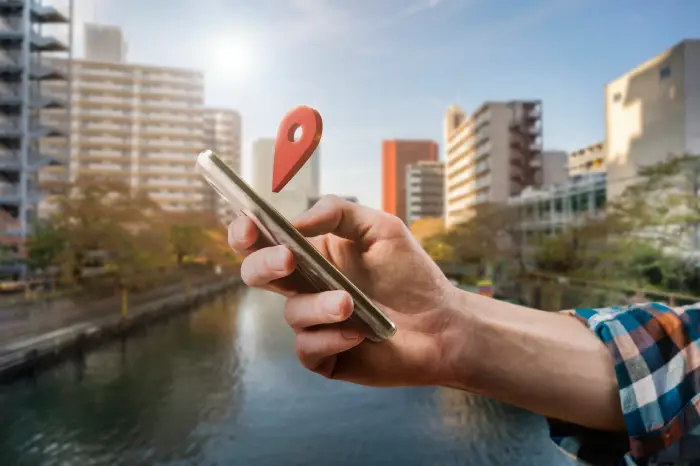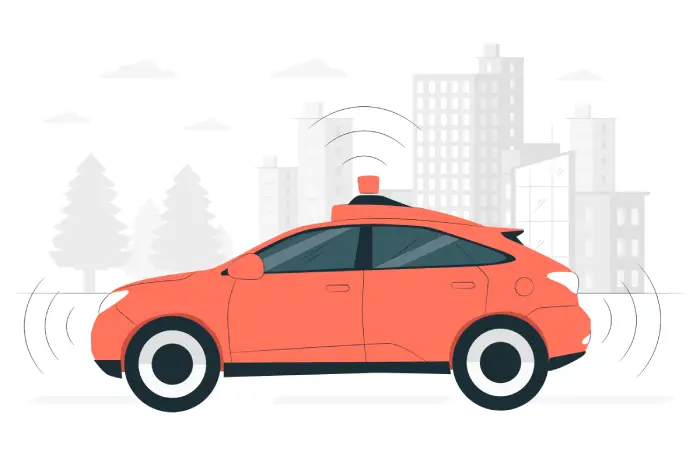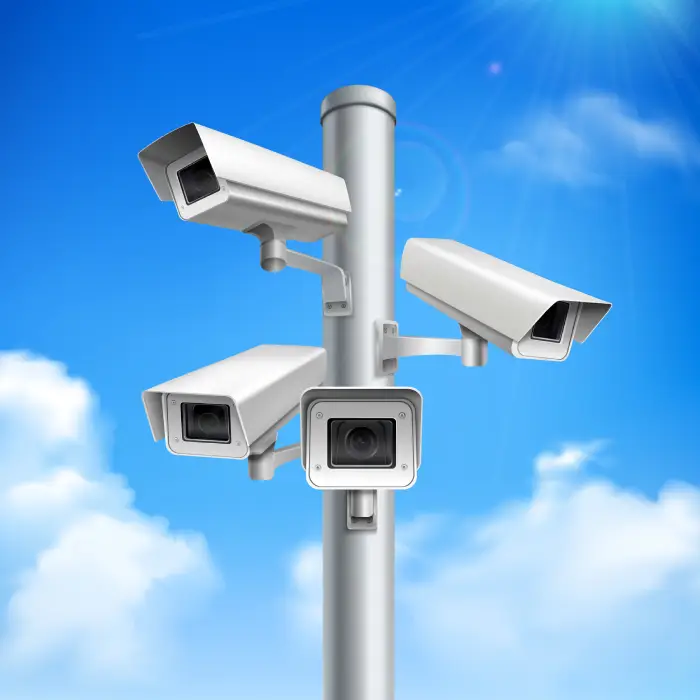Understanding Vehicle Technology and the Systems That Drive It
Understanding how vehicle tracking operates might seem like a tale from sci-fi, but today it is a part of everyday life. Law enforcement officers might want to track the movements of a suspect, or a logistics company might want to keep tabs on its fleet; vehicle tracking is vital to everything.It enhances safety, saves time, encourages planning, and provides insight into the movement of people and goods.
Yet, amid all the benefits, questions arise about data control, data use, and what that implies for our privacy. In this article, we'll investigate the vehicle tracking technologies, the legal and ethical questions these raise, and some of the ways this data is currently in actual use throughout various industries.
License Plate Recognition (LPR)
License Plate Recognition, or LPR, is one of the most common technologies used to track vehicles. It works by using cameras—usually mounted on poles, traffic lights, toll booths, or even police cars—to take pictures of license plates as cars pass by. Then, special software scans the image and reads the plate number. That number can be checked against databases to find out if the car is stolen, if it's linked to a crime, or even if it has unpaid parking tickets.
What makes LPR especially useful is that it works quickly and doesn't need any special hardwareinside the car. As long as the camera gets a clear shot, it can do its job. It can read plates in daylight or darkness, in good weather or rain, and even at high speeds. Because it captures every car that passes, it gives authorities and businesses a constant flow of data on vehicle movements.
Vehicle Tracking Systems
While LPR helps spot where a vehicle was at a single moment, full vehicle tracking systems follow cars over time and across long distances. These systems use a combination of GPS, cellular networks, and sometimes Wi-Fi signals to figure out where a car is and where it's been.
GPS is the most widely used, and it works by receiving signals from satellites. A small device in the vehicle picks up these signals, figures out its location, and sends that data to a central server.
Many industries rely on this technology. Delivery companies track their vans to make sure packages are on time. Taxis and ride-share apps use it to match drivers with passengers and plan routes. Trucking companies monitor their fleets to improve safety, manage fuel use, and reduce idle time.
Data Aggregation and Analysis
Once location data is collected—whether from GPS trackers, LPR systems, or other sources—the next step is data aggregation and analysis. This means taking all that raw data and turning it into useful information. On its own, a GPS location isn't very helpful. But when you put togetherthousands or millions of data points, you can start to see patterns. You can learn where traffic backs up every day, where trucks spend the most time waiting, or which areas are common drop-off spots for ride-share drivers.
Governments use this kind of data to plan better roads and reduce congestion. Police can analyzemovements to support criminal investigations or find hotspots for illegal activity. Businesses use it to find the fastest delivery routes, reduce fuel costs, and improve customer service. For example, a delivery company might learn that a certain route always causes delays and reroute itstrucks.
Real-Time Location Tracking
Real-time location tracking gives users the ability to see exactly where a vehicle is at any given moment. This technology is most commonly powered by GPS and cellular networks that transmit the vehicle's location to a live map or dashboard. Businesses and individuals can then watch the movement of the car as it happens. This is helpful in many different ways.
For delivery companies, it means knowing if a driver is on time or delayed. For emergency services, it allows dispatchers to send the nearest unit to an accident or crime scene. For parents, it offers peace of mind knowing their child is safely on the way to school or home. For fleet managers, it helps them spot unsafe driving or vehicles that have gone off route.

Legal and Ethical Considerations
Data Privacy
One of the biggest concerns with vehicle tracking is data privacy. Every time a vehicle's location is logged, it's a digital footprint that says something about the driver. Over time, those footprints create a map of someone's life. It can reveal where they live, work, go to school, or worship. In the wrong hands, that information could be used for unwanted advertising, discrimination, or even harassment.
Some countries have strong laws that protect this kind of data. They might limit how long companies can keep it or require consent before collecting it. But other places don't have such protections. That makes it easy for companies to build huge databases of vehicle movements without the drivers even knowing.
Surveillance
Surveillance becomes a concern when vehicle tracking is used too broadly or too often. It's one thing to track a suspect's vehicle with a warrant. It's another to log every car that enters a city or passes through a toll booth. When governments or companies track millions of vehicles a day "just in case," it starts to feel like constant monitoring.
The problem with mass surveillance is that it collects data on everyone, not just those suspected of wrongdoing. That means innocent people get caught in the net. This kind of tracking can be abused—used to monitor activists, journalists, or political groups without their knowledge. While surveillance can help with public safety, it must be carefully controlled.

Civil Liberties
Freedom of movement and association are basic rights in most democratic societies. But vehicle tracking can create a chilling effect, where people start changing their behavior because they know they're being watched. Maybe someone avoids visiting a friend in a rough neighborhood because they fear being judged. Maybe someone skips a protest because they don't want their carlinked to it.
When tracking systems become widespread and unregulated, they can unintentionally discouragepeople from exercising their rights. That's why it's important to balance safety with freedom. Tracking tools should not be used to control people's choices or movements, especially when they haven't done anything wrong.
Ethical Use of Data
Even when data collection is legal, it's not always ethical. Ethical use of vehicle data means thinking about fairness, honesty, and respect. People should be told when their data is being collected, what it's used for, and who it's shared with. They should have a choice to opt out and be able to see what information is stored about them.
Applications and Related Industries
Law Enforcement
Police and other law enforcement agencies use vehicle tracking to solve crimes and manage public safety. LPR cameras can alert officers when a wanted car enters a city. GPS trackers can help follow a suspect during an investigation. These tools have helped find stolen cars, locate missing persons, and catch suspects fleeing a crime scene.
But they must be used responsibly. Mistakes can happen if a license plate is misread or if data is outdated. Law enforcement must follow strict protocols, get proper approvals, and avoid using these tools for minor infractions. Public trust depends on transparency and fair use.

Commercial Applications
Businesses rely on vehicle tracking for daily operations. Logistics companies monitor delivery trucks to avoid delays. Ride-hailing apps use location data to match passengers with nearby drivers. Car rental companies track vehicles to prevent theft or loss. All of this helps make services faster and more reliable.
Some insurance companies use driver data to offer personalized premiums. If you drive safely and avoid risky areas, you pay less. But if tracking is used to penalize drivers unfairly, it creates a trust issue. Customers want to know that their information is used to help them, not to trap or punish them.
Emergency Services
In emergencies, time is everything. Ambulances, fire trucks, and police vehicles use tracking to get to scenes faster. Dispatchers can see which unit is closest and direct them in real time. In natural disasters, tracking systems help teams stay coordinated, find blocked roads, and manage rescue operations.
Location data can also be used after the fact to review responses, improve training, and plan for future emergencies. With better data, emergency services can respond more quickly, save more lives, and keep their teams safer.
Smart Cities
Smart cities are built around data, and vehicle tracking is a big part of that. These cities use real-time information to improve traffic flow, reduce congestion, and make transportation more faster routes. Parking apps can direct drivers to available spots.
The goal is to create cleaner, safer, and more connected cities. But smart cities also face the challenge of protecting privacy. The systems need strong security, clear rules, and public support to succeed. When done right, they offer a better quality of life for everyone.
Final Thoughts
An extended landscape of technologies and vehicle tracking systems exists today. They are used to nab criminals, offer service enhancements, manage traffic management, and ultimately save lives. These powers set forth responsibilities. The legislation must be clear, the ethic defined, andthe design crafted in such a way that this technology is for the good of mankind.
People have the right to know how and what data is collected from them, for how long, arrayed, and used. They have the right to walk freely without recording every step taken through camera surveillance. And they are entitled to systems that work with them in their interests and not systems that work for the companies or agencies that ran their formation.